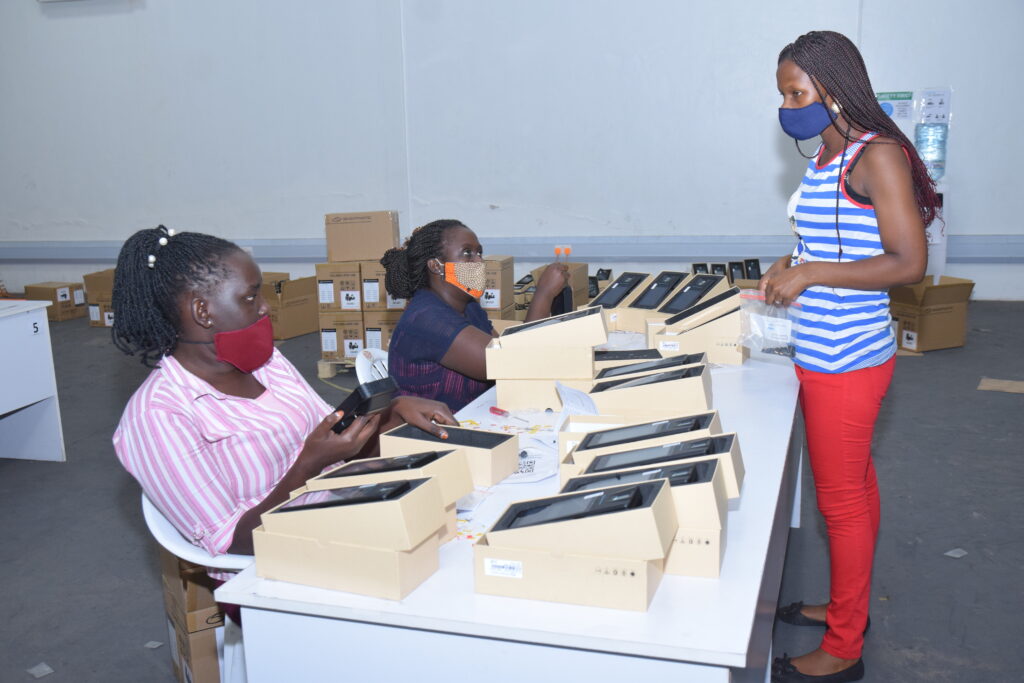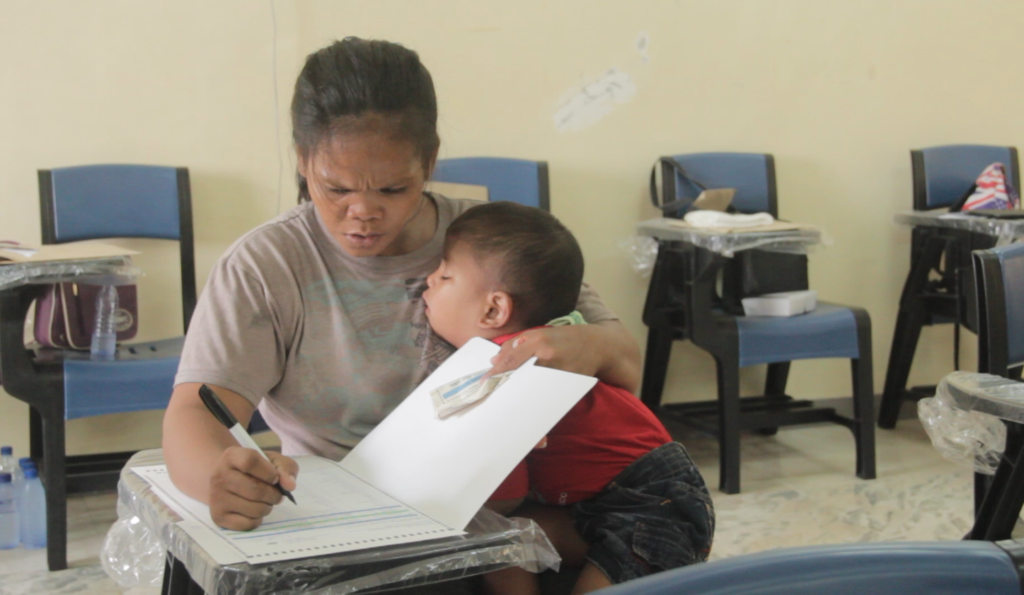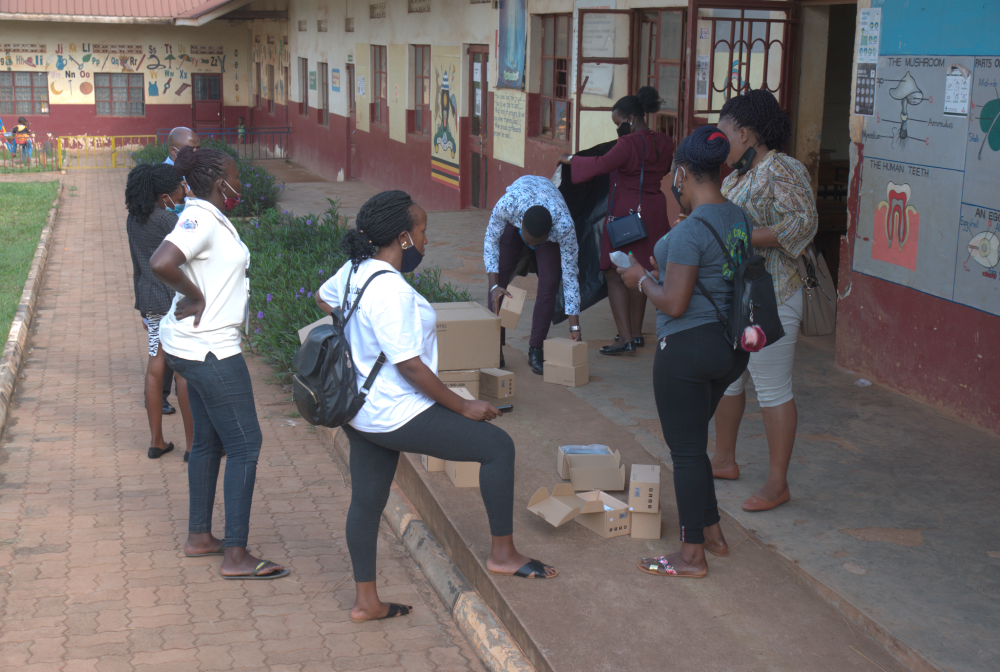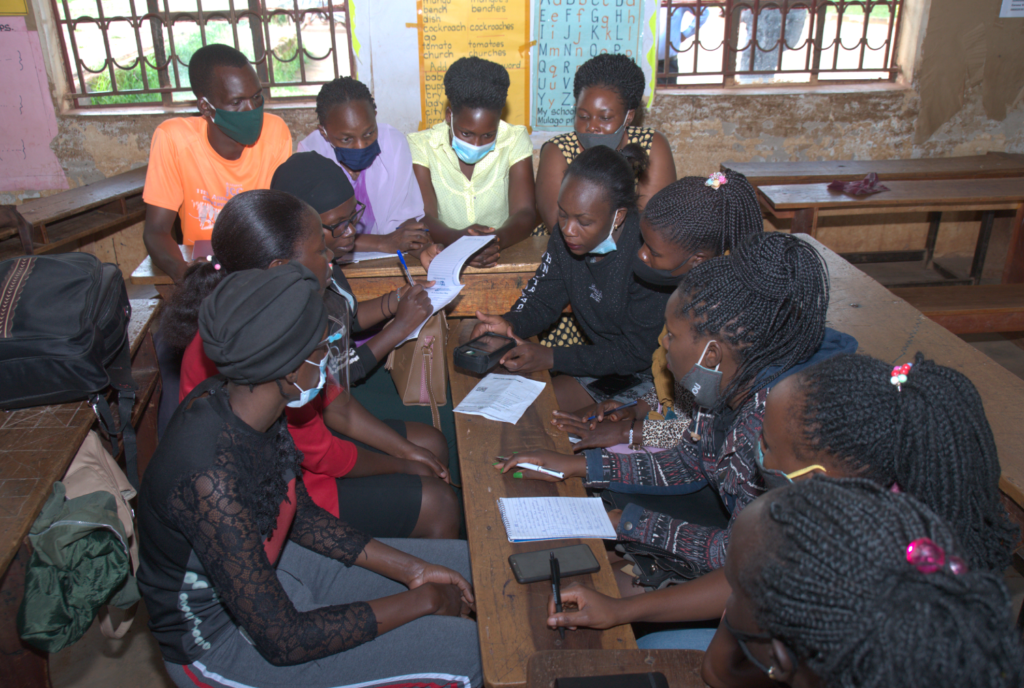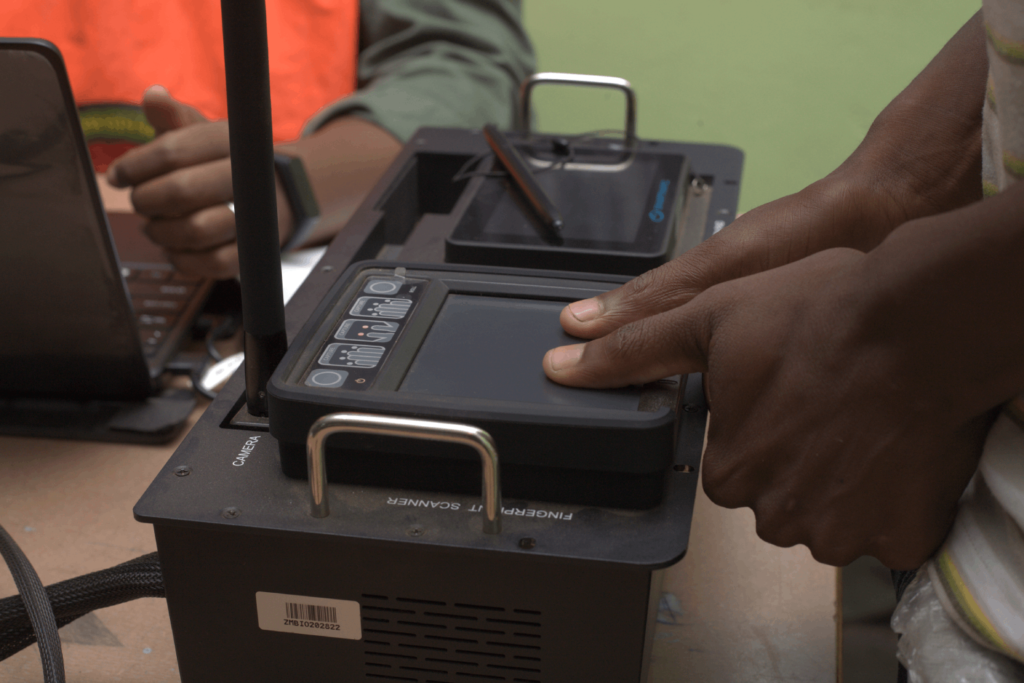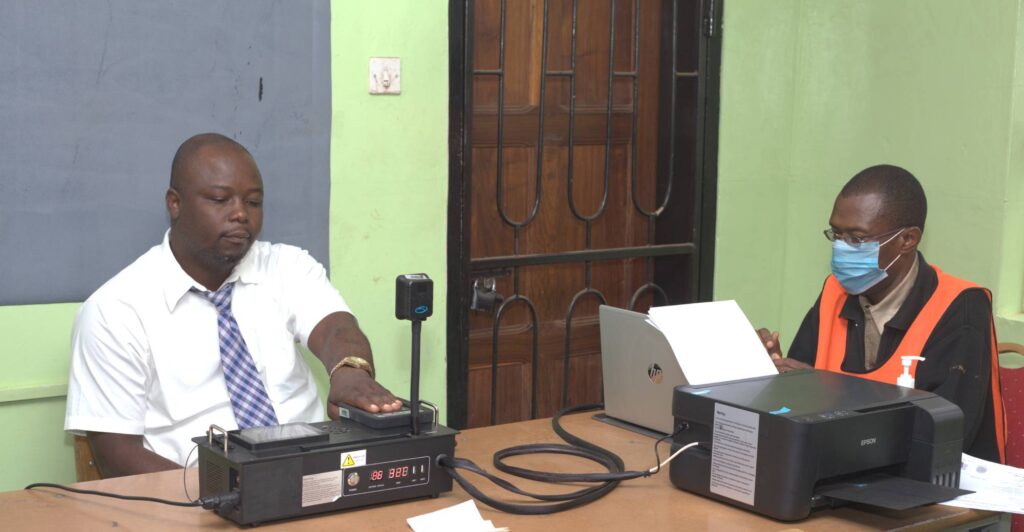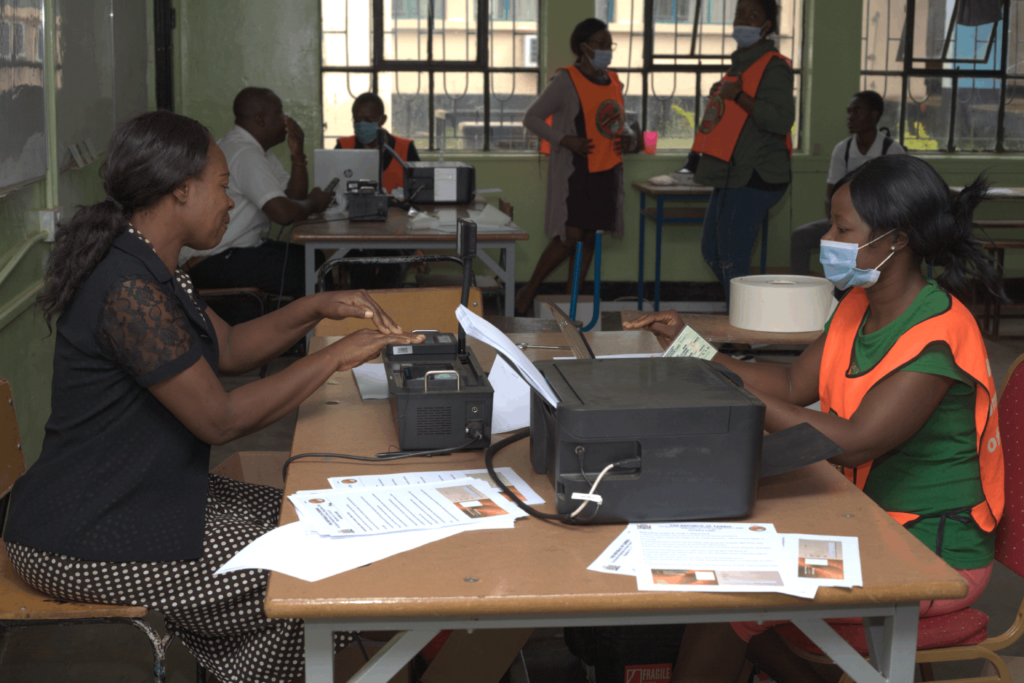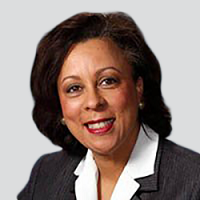By Richard W. Soudriette
Founding President (1988 – 2007), International Foundation for Electoral Systems
In 1996, I led the team for the International Foundation of Electoral Systems (IFES) to observe the Philippine presidential election. The process of counting hand-marked ballots took nearly two months. The delay provided fertile ground for the spread of unsubstantiated rumors that led to civil unrest. This, was one of my first encounters with fake news, which threatens democracy worldwide.
A little bit of history
Today the term “fake news” has become part of the lexicon of elections. Yet fake news is not a recent phenomenon. In 27 B.C. Caesar Augustus used fake news accounts to discredit rivals in his bid to take the throne of the Roman Empire after Emperor Julius Caesar was assassinated in the Roman Senate. In 1898, the Spanish American War was sparked by a fake news story in the American press that accused Spain of sinking the USS Maine in Cuba’s Havana Harbor. In the first half of the 20th century, Joseph Goebbels led Adolph Hitler’s Ministry of Public Enlightenment and Propaganda, and he perfected the use of fake news as a political weapon, which enabled the rise of Nazism in Germany.
In one of the first organized effort against fake news, the American Society of Newspaper Editors in 1922 adopted a code of ethics and a statement of principles that is still in effect. These principles include freedom of the press, responsibility of the press, press independence, accuracy in reporting, impartiality, and fair play in journalism. Unfortunately, over the past three decades these journalistic standards have been weakened by the emergence of cable news, the decline of print journalism, and the rise of social media.
A disruptive business model
The drastic changes in journalism in recent decades are due to the explosion of social media platforms that many users rely upon as their sole source of news. Social media companies make most of their revenue from advertising using business models designed to maximize user engagement. They permit virtually all content including highly controversial topics that may increase page viewing and increase revenue. Social media firms design algorithms for their platforms with minimal capacity to verify the veracity of content posted by their users.
Newspapers and television networks have long relied on ad-driven revenue but generally they still follow basic rules in verifying content and sources. In contrast social media is treated differently because of legislation passed by the US Congress in 1996 called Section 230. This provision protects social networks and websites from liability for illegal or offensive content posted by users. This legislation was intended to shield internet providers and social media firms from being sued. The law treats social media platforms as neutral middlemen. Unlike traditional media, social media is not required to verify content which has subsequently enabled fake news to become a huge threat to democracy.
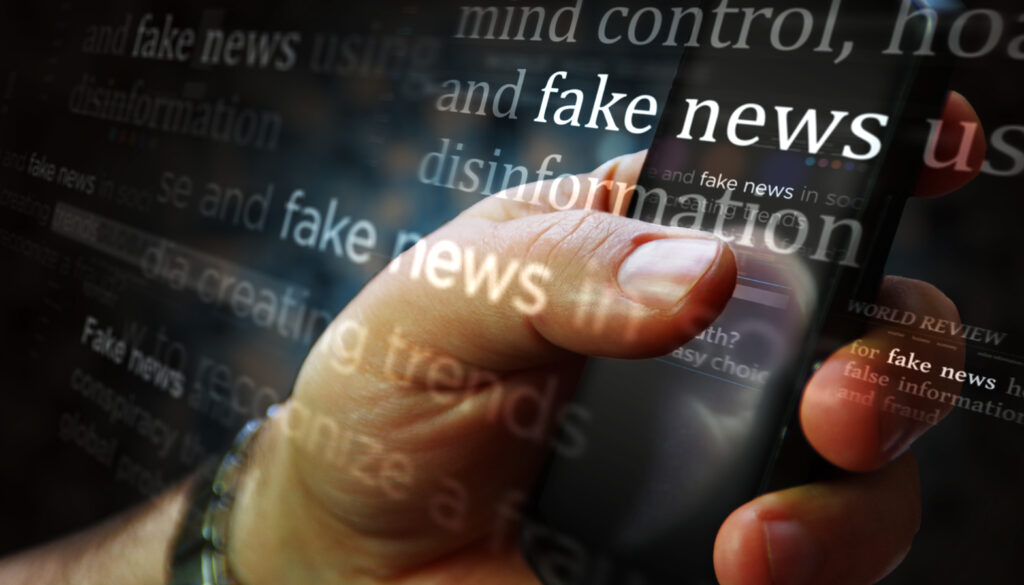
Destabilizing even the strongest democracies
In 2014, UK cybersecurity officials discovered a fake news campaign from abroad to disrupt the Scottish Independence referendum. In the aftermath of the 2016 Brexit Referendum, former UK Prime Minister Theresa May condemned Russian interference in British politics. The Washington, D.C. based Center for Strategic and International Studies has cited examples of suspected international fake news operations intended to disrupt elections in many European countries.
“Fire hosing” is popular tactic of cyber-operatives who use social media to bombard countries with fake news to destabilize elections. Since 2014, international fire hosing episodes have occurred in the Czech Republic, France, Germany, Netherland, Spain and Ukraine. For the US Presidential Elections In 2016 and 2020, the FBI and US intelligence agencies concluded there was Russian interference using various types of disinformation to impact these elections. In 2016, the US Department of Homeland Security discovered that Russian security operatives attempted to breech voter registration databases in 21 states.
Additionally in 2020, US intelligence agencies identified international cyber-interference from China, Iran, as well as Russia. Prior to the 2020 election the National Security Agency and the FBI disclosed that international operatives had successfully hacked the voter registration databases of Alaska and Florida. Furthermore, John Radcliff, former director of national intelligence, informed the US Congress that Iranian operatives had used voter registration data to send phony emails to Florida voters and these messages were made to look as if they had been sent by far-right US hate groups.
Even with fake news and the Covid-19 pandemic raging, most objective observers regard the US 2020 election as a huge success. There was a 66% voter turnout, which was the highest in 50 years. Regarding the 2020 election, Christopher Krebs, former director of the Cybersecurity and Infrastructure Security Agency called it, “The most secure election in US history.” Yet, because of fake news and disinformation many Americans continue to believe that the election was stolen.

Sadly, the 2022 elections in Brazil, Kenya, and the Philippines all have been impacted by domestic efforts to promote fake news. Social media networks in these countries have been flooded with fake news before, during and after these elections. Fake news efforts and penetration of cybersecurity systems are threats to the credibility of elections and to democracy.
What EMB’s can do: bringing all the stakeholders on board
Fake news endangers the right to vote, that is embraced by the UN Declaration of Human Rights. With foreign and domestic bad actors using fake news, and with a media landscape that is constantly shifting, the way forward offers an imposing challenge to election administrators.
Election management bodies (EMBs) are charged with the responsibility to combat fake news, which undermines the credibility of free and fair elections. It is no longer enough for election officials to administer elections smartly and competently. They must also transparently manage the election information flow. EMBs cannot do it alone and must involve stakeholders in the fight against fake news. Here are some recommended steps to mitigate fake news and disinformation:
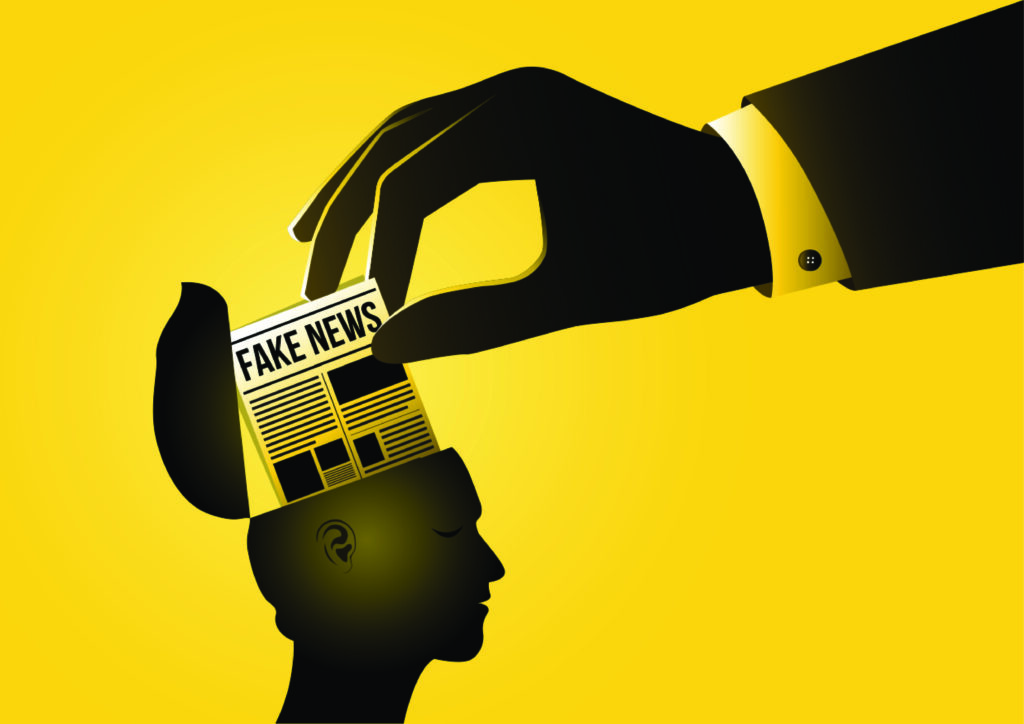
- Update regularly election crisis communication and cybersecurity plans to insure for timely and accurate information, while keeping election stakeholders fully informed of these efforts.
- Promote partnerships between social media networks and non-partisan democracy NGOs to serve as fact-checkers during election cycles, a strategy that can mitigate disinformation and rumor mongering.
- Encourage communication and collaboration with other voting jurisdictions before, during and after an election, because good coordination is a valuable tool in the fight against false information.
- Inform the public on the importance of self-education by means of respected news sources and the need to disregard suspicious sources.
Having lived and observed elections in Mexico for many years, I have seen the destructive power of fake news. To provide accurate information to the voters, election authorities in Mexico diligently work to discredit disinformation. The National Electoral Institute of Mexico, Instituto Federal Electoral (INE) has a system to monitor media outlets and neutralize fake news via various tools including monitoring news feeds, using regular news conferences, and maintaining regular communications with election stakeholders. Because of this INE has a reputation as one of the most respected institutions in Mexico. INE’s success is due to effective communications and dedication to transparency.
EMBs can defuse political tensions and gain credibility by including political stakeholders as an integral part of their strategy to build trust. Political parties and elected leaders, for their part, must compete responsibly and not undermine the election process. Candidates and parties must be willing to accept election outcomes, regardless of whether they win or lose. I have observed elections in the United Kingdom where both winning and losing candidates accepted the results and applaud election officials for their work. Fake news can be made ineffectrive when the political parties are committed to educating their supporters about the electoral process and where there is a commitment to abide by the results of elections, regardless of the outcome of an election.
A healthy democracy requires an informed electorate. Policy makers and leaders have a responsibility to support the election process. Journalism demands accurate, responsible, and unbiased reporting. Social media companies must work proactively to block fake news content before it can be disseminated. Citizens also have a responsibility to inform themselves using balanced news sources. Civic education in elementary and secondary schools is more important than ever to prepare future voters who understand how elections and democracy work.
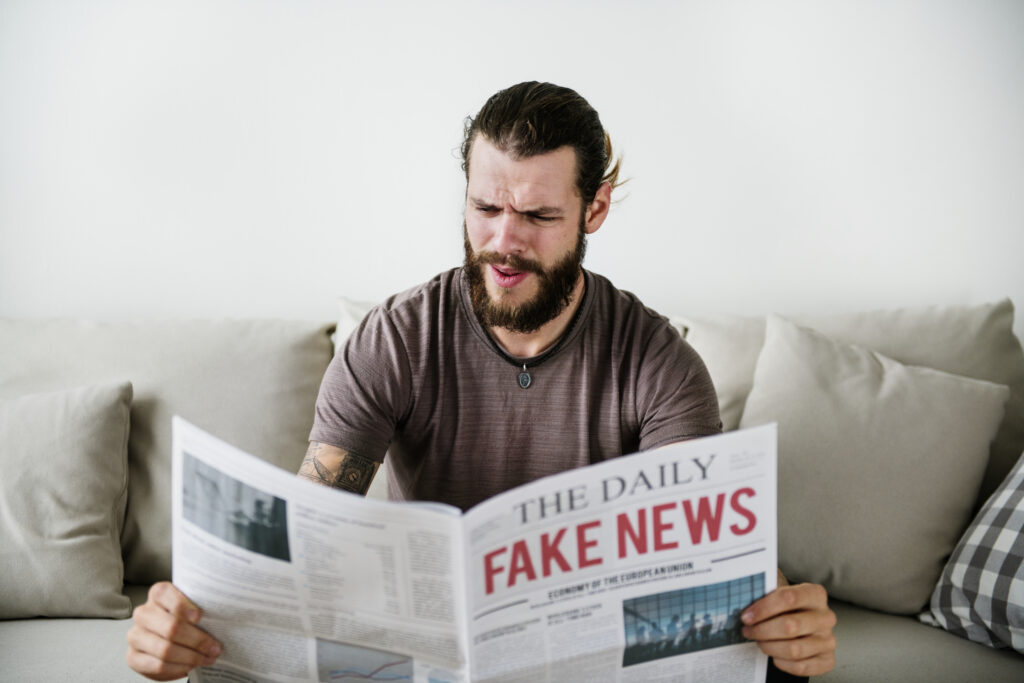
There is no such thing as electoral nirvana and no perfect election system. It is vital for democracies strive to continually improve elections and to keep the electorate fully informed. As President John F. Kennedy reminded us, “The ignorance of one voter in a democracy, impairs the security of all.”
End Notes
- BBC Bitesize: A Brief History of Fake News. 2021. Available from www.bbc.com
- BBC.com: Facebook, Twitter and Google face questions from US senators. October 28, 2020. Available from www.bbc.com/news/technology-54721023
- Fichera, Angelo. Clerical Error Prompts Unfounded Claims about Michigan Results. Fact Check.org. November 4, 2020.
- Igielnik, Ruth, Keeter, Scott and Hartig, Hannah. Behind Biden’s 2020 Victory: An examination of the 2020 electorate, based on validated voters. Pew Research Center. Washington. D.C., July 20, 2020.
- Giles, Christopher, Robinson, Olga, and Sardarizaydeh, Shayan. U.S. Election 20020: How a misleading post went from the fringes to Trump’s Twitter. BBC. November 6, 2020. Available from www.bbc.com
- Jasper, Scott. Why Foreign Interference in the 2020 Elections Fizzled. The Atlantic. November 23, 2020.
- Phillips, Mark. and Soudriette, Richard. Testing Democracy: How Independent Testing of E-Voting Systems Safeguards Electoral Integrity. Electronic Voting 2012: pp.159-170.
- Quraishi, S.Y. An Undocumented Wonder: The Making of the Great Indian Election, (New Delhi: Rainlight by Rupa Publications 2014) pp. 325-335.
- Repuci, Sarah and Slipowitz, Amy. Freedom in the World. Freedom House. Washington, D.C. 2020
- Richards, J. 2021. Fake News, Disinformation, and the Democratic State: a Case Study of the UK Governments Narrative, Icono 14, 19 (1), 95-122.
- Tennis, Maggie. Russia Ramps Up Global Election Interference: Lessons for the United States. CSIS. Washington, D.C. July 20, 2020. Available from www.csis.org.
